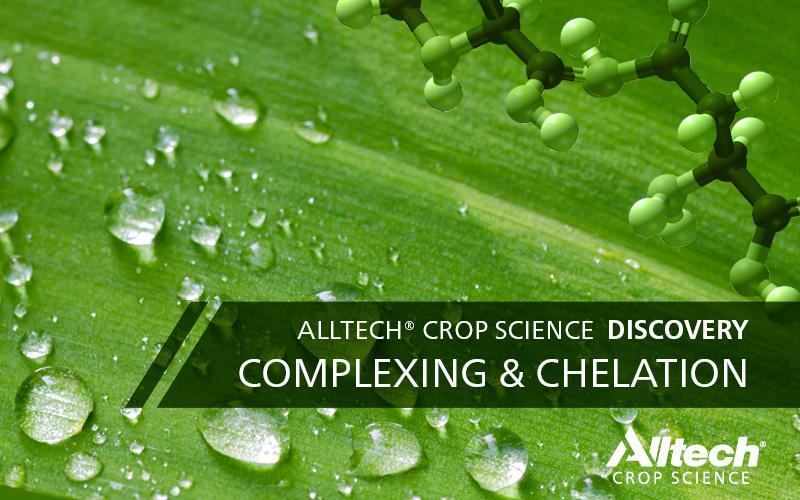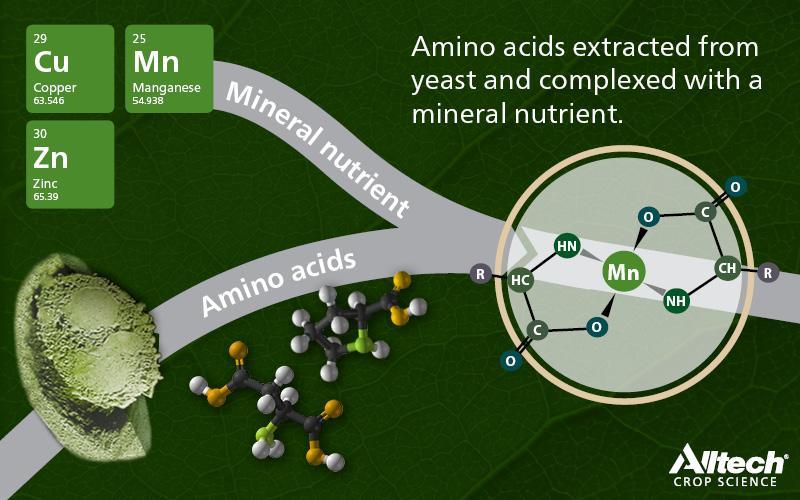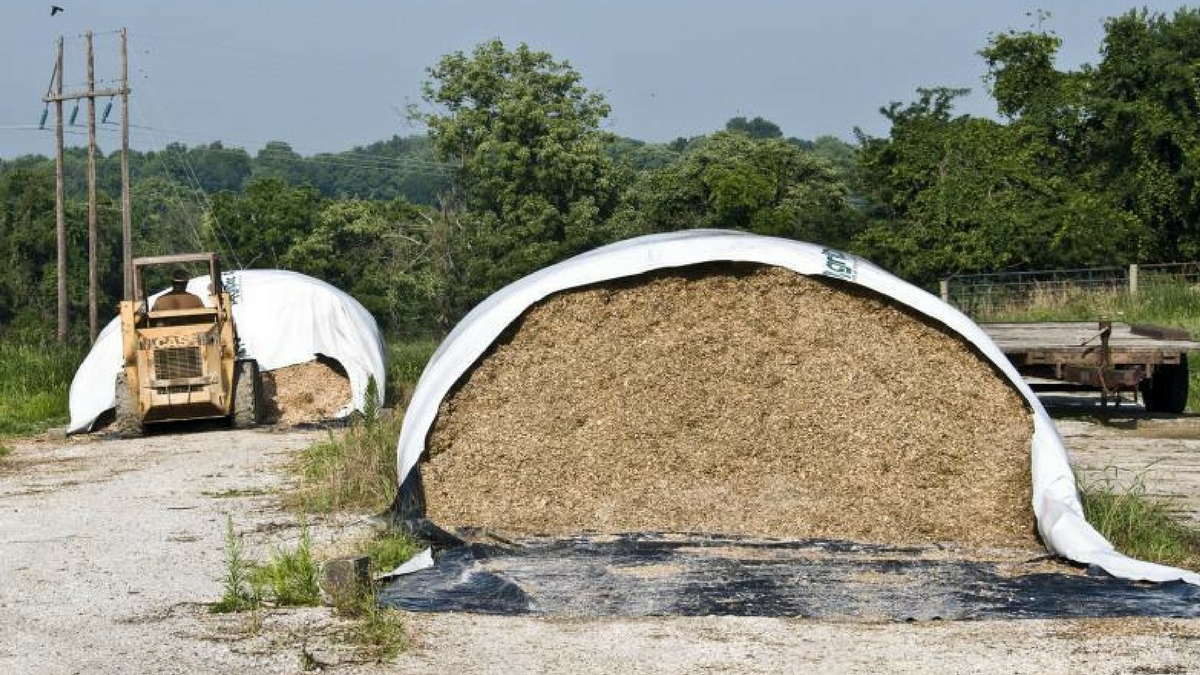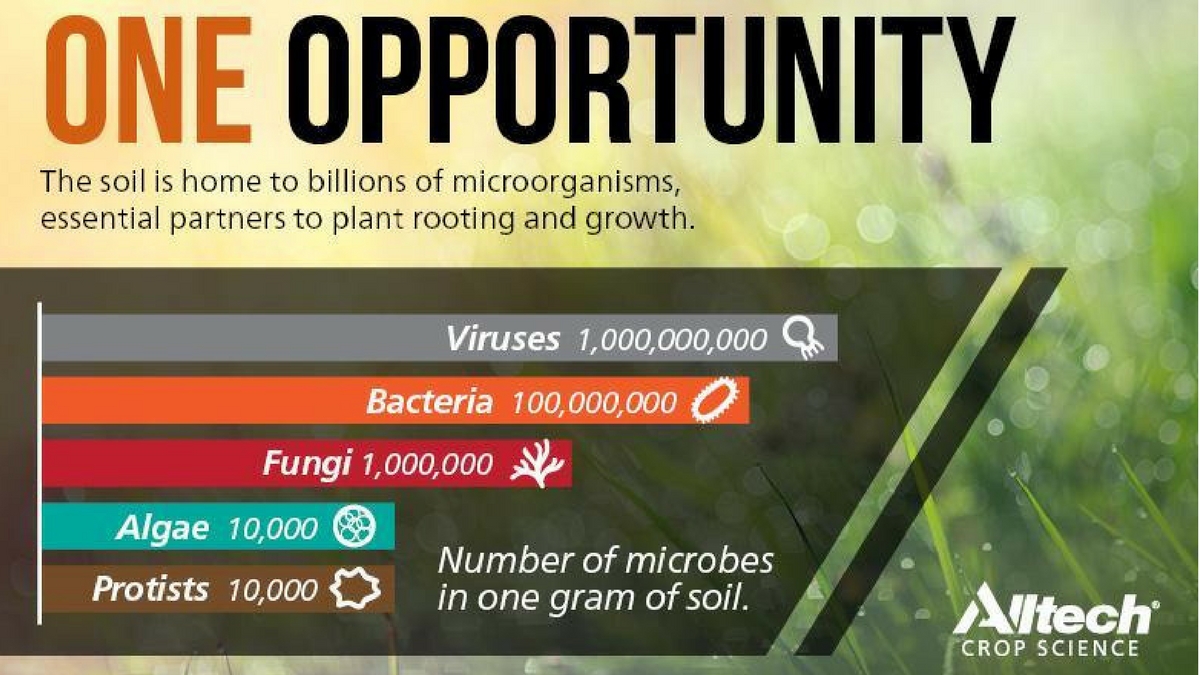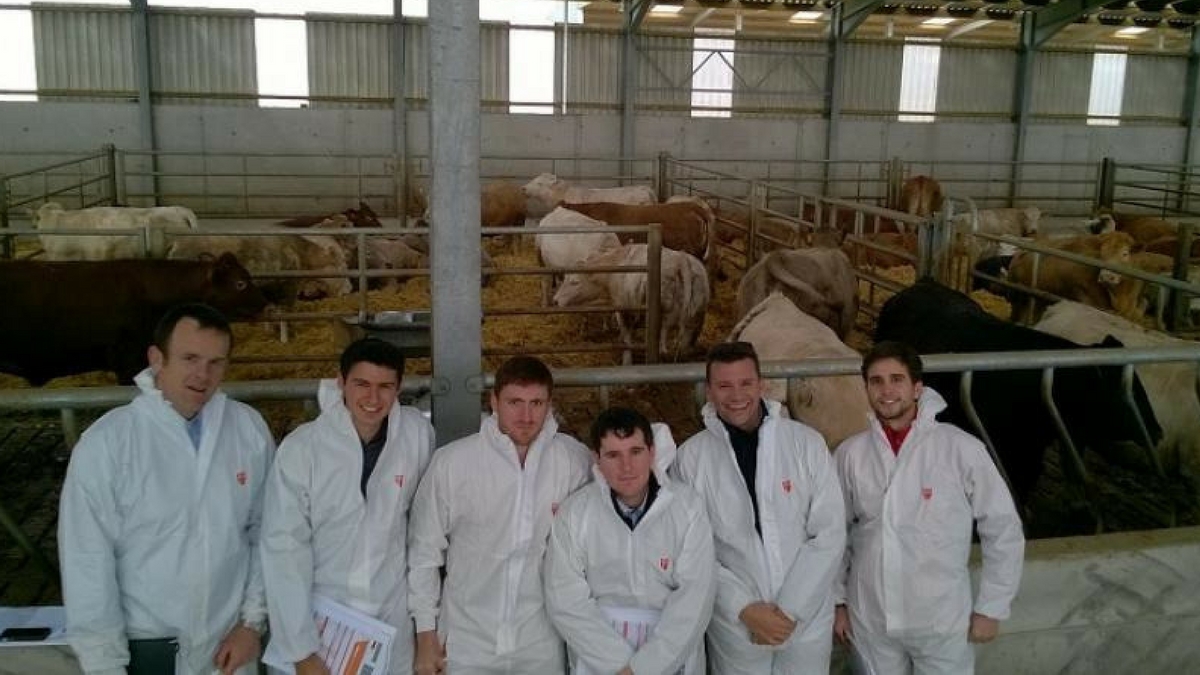In today’s world, competition in the marketplace is significantly greater than it was 50 years ago. Damien McLoughlin, Anthony C. Cunningham Professor of Marketing at the University College Dublin Michael Smurfit Graduate Business School, opened up the final plenary session of ONE: The Alltech Ideas Conference by discussing a strategy for differentiation.
“What is it that you can do to make your competition irrelevant?” asked McLoughlin. “What is it that you can do to make competition less significant in your competitive and business life?”
The theme of McLoughlin’s talk pivoted off these questions. He gave many reasons why he believes competition is more intense right now, but the most important factor is the advance in technology.
“Today, all of the power is with the buyer,” said McLoughlin.
He said places like China, the Philippines, Vietnam and other competitors of the U.S “have access to ideas from the old world and they are applying those at new markets in the new world.”
“They’re pushing competitive activity in a way that we haven’t experienced before,” he explained. “These first three forces (Technology, globalization, demographic change), of course, are all beyond the control of any person in this room… However, there is one other force, which is impacting our ability to affect competition; that’s the strategic or strategy choice.”
McLoughlin then explored the “red ocean” and “blue ocean” strategies that define businesses.
Red ocean strategy
A prime example of a “red ocean” business is the soda industry. McLoughlin said that when you see soda in a grocery store, everything is priced the same and looks exactly alike.
“When their competitor takes action, they copy it straight away,” he said, illustrating one of the signs of a red ocean.
He believes this strategy consists of companies that compete in existing market spaces, beat the competition, exploit existing demand, make the value-cost trade-off and align the firm’s activities with its strategic choice of differentiation or low cost.
According to one of McLoughlin’s slides, the “red ocean” is the death of a firm.
Blue ocean strategy
McLoughlin used Southwest Airlines as an example of a “blue ocean” business.
“They smashed the rules of competitive engagement, created large uncontested new markets, simultaneously pursued value and low cost,” he said.
The outcome of this strategy was that Southwest Airline is now the number one airline in the U.S, with an 18.5 percent market share in 2016.
A blue ocean strategy is the exact opposite of the red ocean strategy. You will know you have a blue ocean company if you, “create uncontested market spaces, make the competition irrelevant, create and capture new demand, break the idea of value-cost trade-off, align the whole system of a firm’s activity in pursuit of differentiation and low cost,” said McLoughlin.
“It’s a tall task,” he said.
McLoughlin says that the main core principle of blue ocean strategy is value innovation. “What I mean by that is, we find ways to reduce our cost,” he said.
The craft beer industry, Ocado (an online supermarket in the United Kingdom) and Justin Trudeau, prime minister of Canada, are also successful utilizers of blue ocean strategies.
McLoughlin asked the audience two questions:
1.Do you dare to be different?
2.Are you willing to invest the strategic thinking time needed to create blue oceans?
He said four tools are needed for a blue ocean strategy within a company:
- The strategy canvas.
- The four actions framework.
- Find new customers by looking for non-customers.
- Price corridor of the masses - Price to encourage as many people as possible to buy the product.















